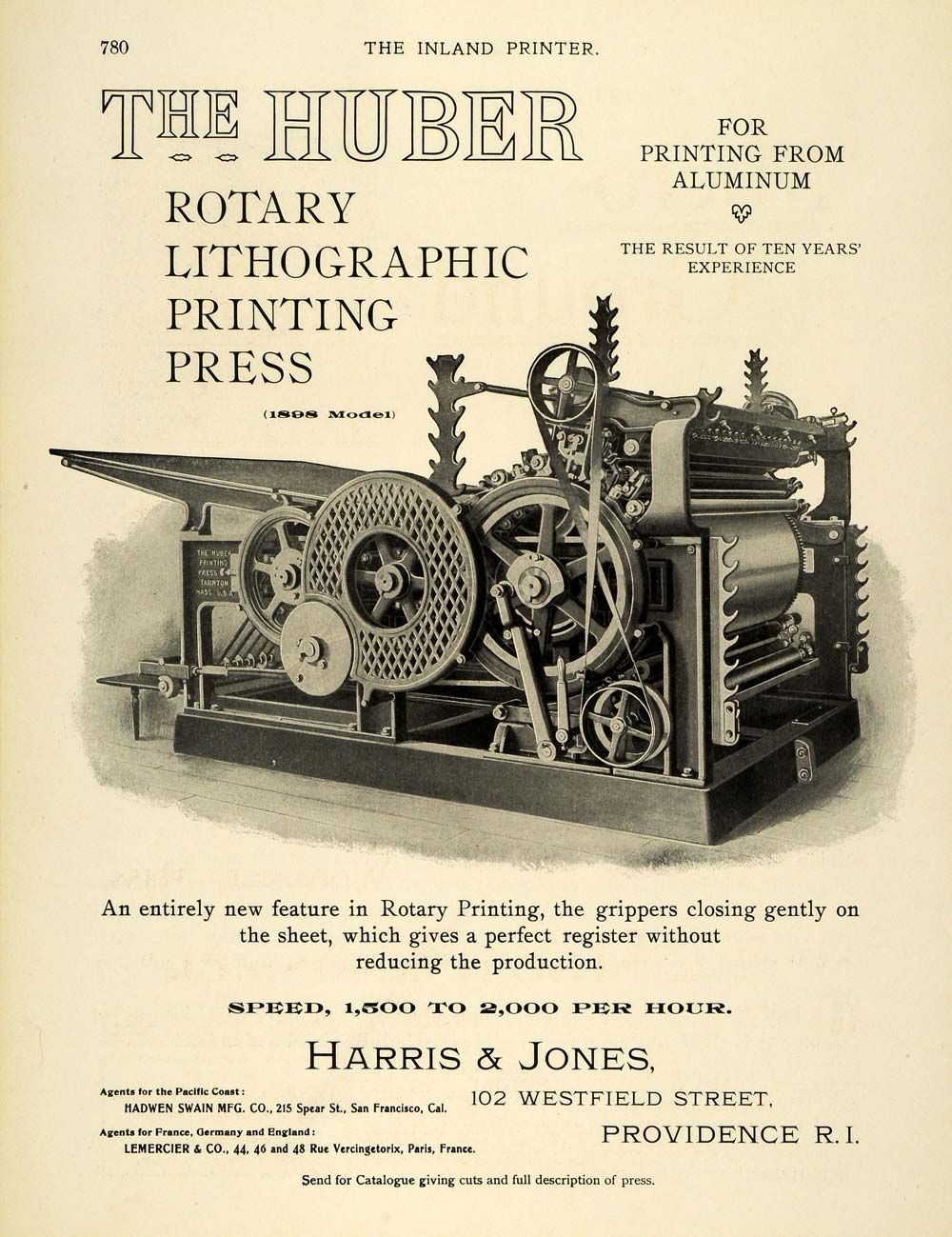Note: Apologies for the late upload, during this time I was having troubles with logging into my account.
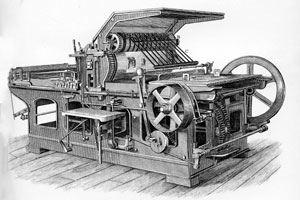
One piece of technology that The lithographic printer was a “great leap forward in printing technology”. Along with being the topic of survey 4, the lithographic printer had a wide variety of uses and functions, along with the advantage of being so far ahead of it’s time that it is still being used today.
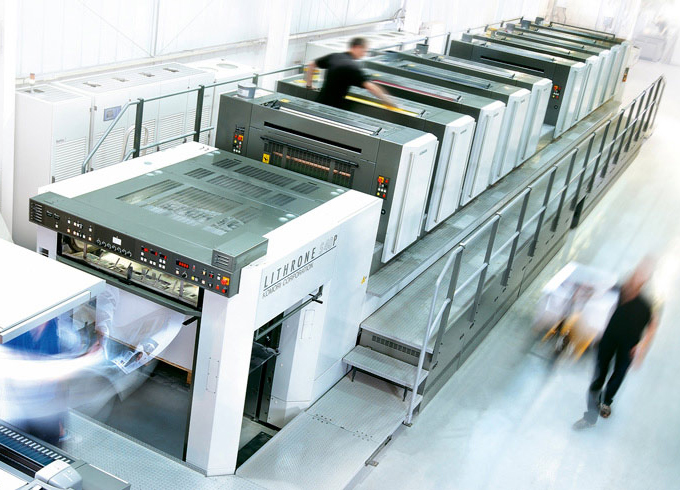
The actual invention of the lithographic printer didn’t come from space, so how was it invented? It was all thanks to Alois Senerfelder, the son of an actor. Growing up, Senerfelder wanted to pursue theatre, however he had little talent for it, and his father wanted him to study law instead. But his love for theatre had not died yet, and he had found a home and success in writing plays. Senerfelder had many of his works published but unfortunately never made too much profit from it. Because of this, Senerfelder decided to find a more cost effective way of reproducing his work. This began with him attempting to produce his own copperplate engravings. A process that required time to master. However, because of this, Senerfelder decided that a better alternative to this would be to practice on Bavarian limestone. In addition to this, Senerfelder invented correction fluid to make sure that his finished engraving didn’t have any unwanted marks.
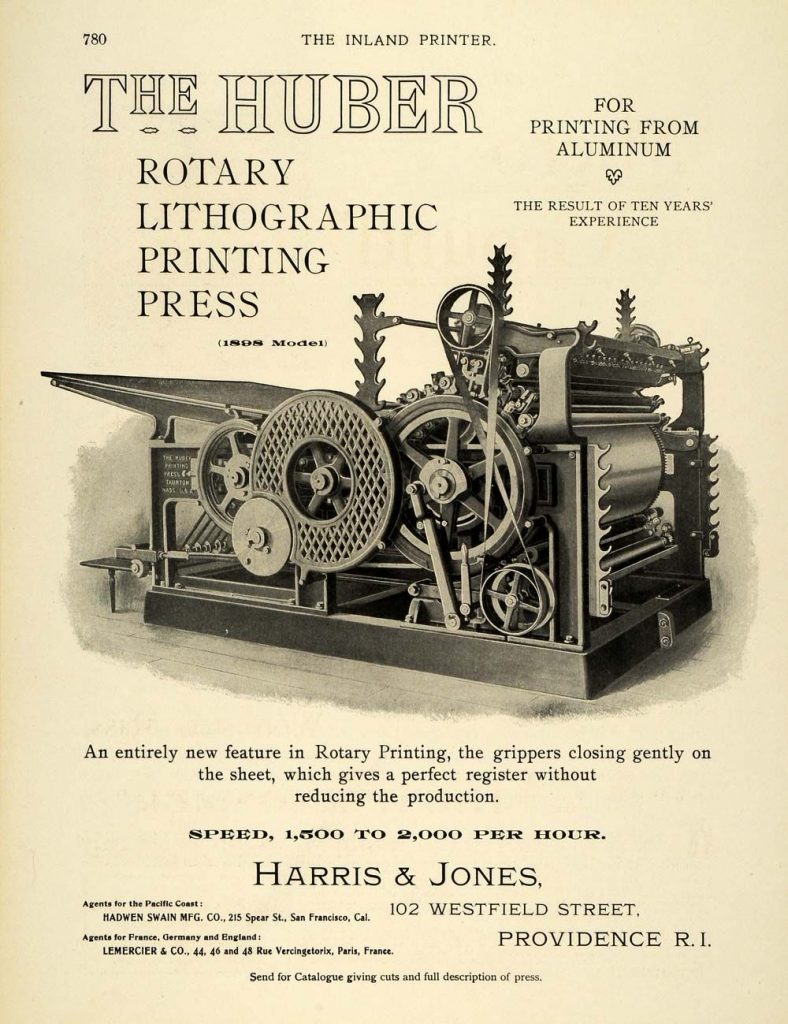
The creation of these two caused an experiment of which seeing how ink and water repel each other, would easily be able to transfer an image from the stone. This chemical reaction would then be known later on as the ‘principle of lithography’. However because of the nature of this chemical principle, Senerfelder preferred to call it ‘Chemical printing’.
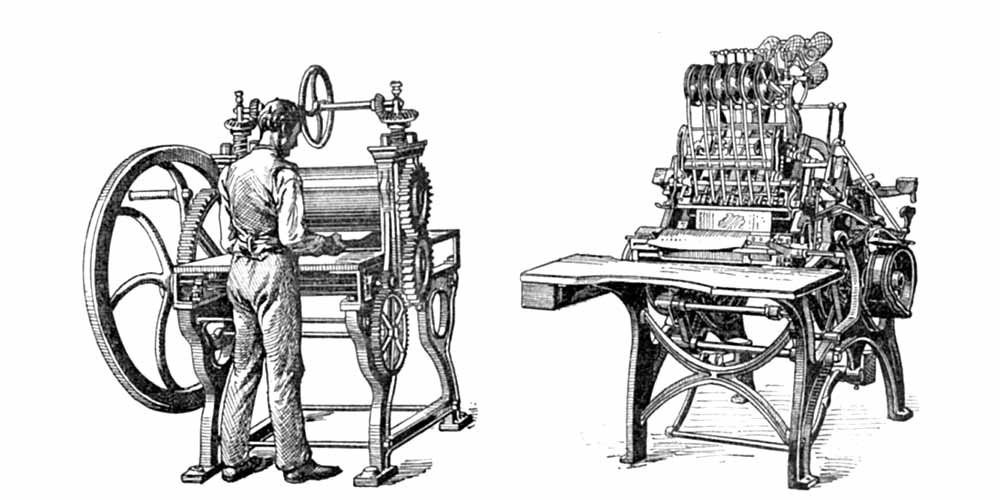
The final points about lithographic printing is that, after inventing it, Senerfelder devoted the rest of his life to the lithographic progress. Eventually, in 1817, Senerfelder was able to design a press with automatic process of wetting and applying the ink to the plate. This let Senerfelder become a recognized person among his contemporaries. Senerfelder died comfortably with the position of “Bavarian Royal Inspector of Lithography”.
Sources:
